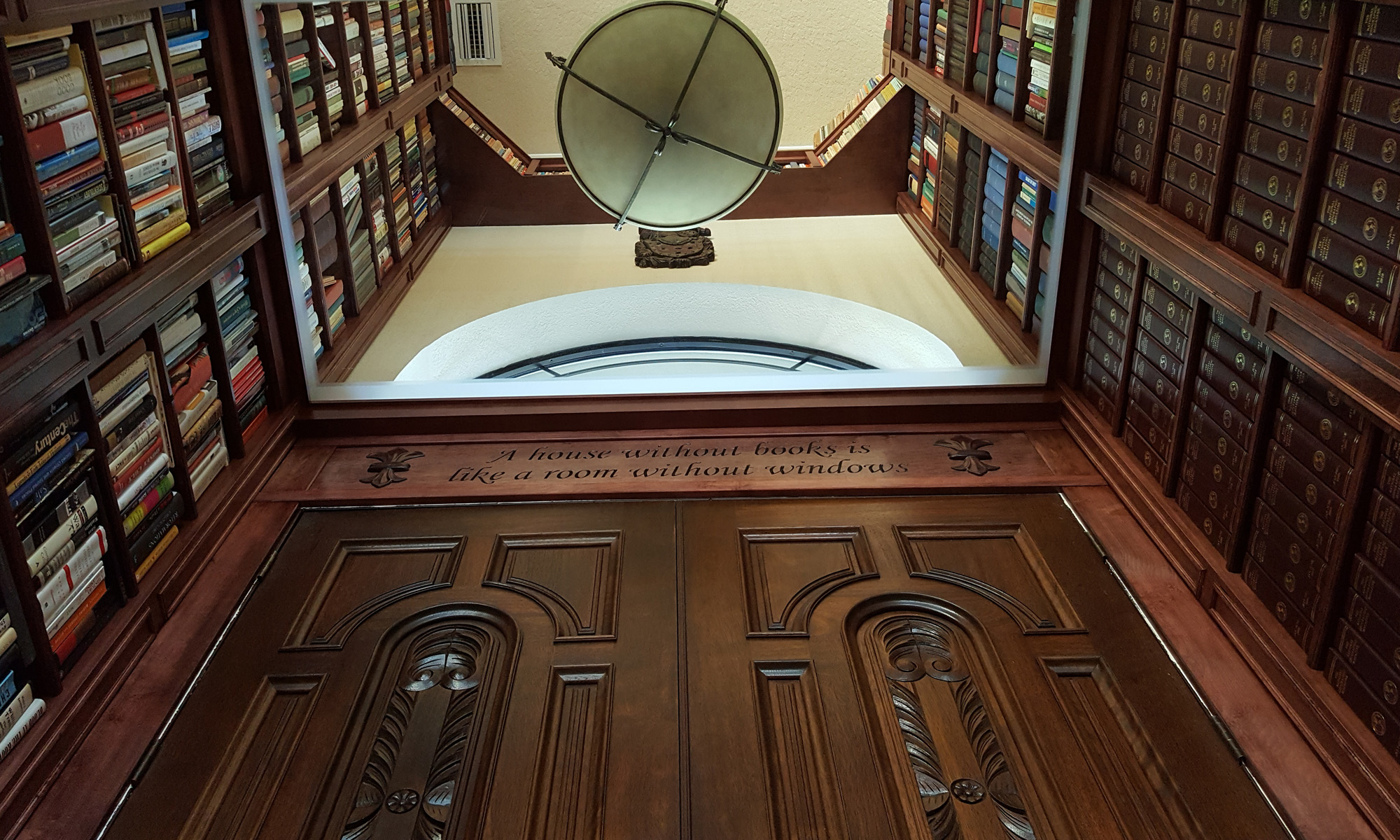
Click to enlarge
In the June 2009 issue of Popular Woodworking there was an article by Brian Boggs that really caught my attention. The article was on ebonizing wood. As I read the article I imagined a pen made from ebonized maple inlaid with aluminum. Why not just use ebony? Well, a couple of reasons. Firstly, though not a huge factor when dealing with pen blanks, maple is a lot cheaper. Secondly, maple is a lot easier to work with. Finally, ebony has a tendency to crack and split.
I laminated a maple pen blank with some aluminum, turned it and then followed the steps outlined by Brian on ebonizing. The picture above shows the results. Read on to see what is involved and my thoughts.
Traditionally woods that lend themselves to ebonizing well, are woods that are high in tannin acid, oak for example. Brian has found a process that allows more control and also allows almost any wood to be ebonized. The process involves introducing tannin into the wood in order to allow the chemical reation to take place.
The first thing I had to do was to dissolve some steel wool in vinegar. I washed the steel wool with soap and water first to get rid of the oils. I also drilled a very small hole in the container lid as while the steel wool is dissolving gases are released. This took about a week. Once the steel wool was fully dissolved I strained the mixture through a coffee filter.
Introducing the tannin into the wood is achieved by the use of a bark powder tea. The powder is made from a tree bark called Quebracho. It is used in the tanning of hides. I got a small package of it from Van Dykes Taxidermy. The “tea” is made up by mixing a heaped tablespoon of the quebracho in a pint of hot water from the faucet.
During the application process it is important to use separate clothes for the bark tea and the steel wool/vinegar mixtures so as not to contaminant the two different liquids.
Here is how the mixtures are applied to the wood:
- Wipe or brush the bark tea onto the wood. Allow it to soak into the wood.
- While the wood is still slightly damp, not wet, apply the steel wool/vinegar mixture.
- Allow the wood to dry.
- Buff gently with a soft cloth.
It was pretty amazing watching the maple turn black!
In the article Brian recommends not sanding past 320 grit and raising the grain twice before applying the bark tea. I did not sand the blank at all. Just applied it on to the finish I achieved while turning with my skew. Initially I did not get any reaction. I think the problem was the skew had burnished the wood and did not allow the bark tea to penetrate. I went back and sanded the blank with 120 grit and everything worked as promised.
I also found I needed to take my time and make sure I got all the areas stained. When you are dealing with a turning you have both side and end grain exposed. There was some variation in how the two grains reacted.
The main problem I had was in getting the aluminum segment to shine. I don’t know whether it was affected by the chemical reaction happening in the wood, or if it just had residue on it. However if I tried to buff or sand a shine into the aluminum, I knocked some of the rich black off the ebonized maple. I’m still thinking about how to work around this. The pen was much darker than you see in the picture. It would have been great to have kept it that dark and get the contrast with shiney aluminum. I have a few ideas that I’m playing with. If anyone else has any thoughts let me know please.



That would make a great post or article at penturners.org
I made a post in SOYP. I'm working on a PDF to add to the library 🙂